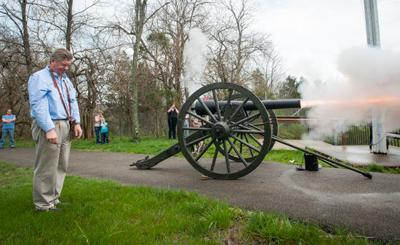If I were teaching English to native French speakers, I might tell them that the best equivalent we have to "c'est la vie" is "that's life in the big city." In other words, it's a way of acknowledging that one sometimes has to live with minor annoyances, disturbances or inconveniences.
Now that would really be "life in the big city"!
On 7 June, a boy showed that his life really is not that of the big city. And some gendarmes showed they are not working in a major, or even mid-sized, urban area.
Ironically, the name of the municipality where the boy resides, and those police officers work, is called Vienna. Of course, it's not the city such luminaries as Mozart, Freud and Einstein--and Arnold Schwarznegger--called home. (Contrary to popular belief, none of those folks was born there.) Rather, I am referring to a town in Virginia.
I'd heard of it before, but I didn't realize that it's a suburb of Washington, DC. (I've been to the US capital a few times, but never ventured outside of the city itself.) Given the crime the boy in question reported to his town's law enforcement officers, it's hard to believe that such a place is less than an hour from DC--by bicycle, no less.
So what was the young man's complaint? Here goes: Another boy smeared berries on his bicycle.
Can you imagine someone reporting that to the police in New York or Boston or San Francisco? Hey, if I were answering that kid's call, I'd probably tell him to lace it with whipped cream, drizzle it with chocolate sauce and top it with the reddest cherry he could find. Then I'd photograph it and call it an art installation. The kid could thank me later, years later, when it pays for his college tuition.
 |
| Berry on bicycle (Halle, of course!) |
Now that would really be "life in the big city"!











